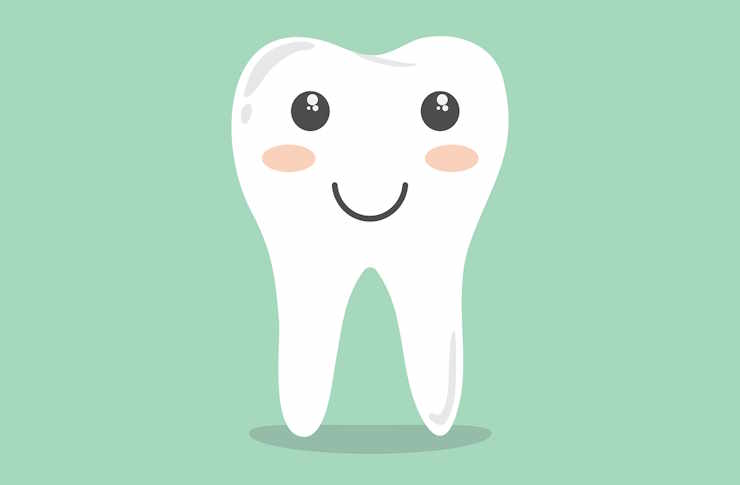The Hidden Depths of Anxiety: Understanding the Impact and Treatment
Anxiety is a common, yet often misunderstood, psychological condition. It is the body's natural response to stress, a feeling of apprehension or fear about what's to come. However, when anxiety interferes with daily activities, it may be an indication of an anxiety disorder. This article aims to shed light on the historical context of anxiety, its impact on individuals and society, current trends in diagnosis and treatment, and provides a unique perspective on this widely discussed issue. By understanding anxiety in depth, we can de-stigmatize mental health discussions and promote a more accepting society.

A Brief History of Anxiety
The concept of anxiety is not new to the human experience. Historically, it was viewed as a manifestation of demonic possession, divine punishment, or moral failings. It was not until the 19th century that anxiety began to be recognized as a medical condition. Sigmund Freud, a prominent figure in psychology, was one of the first to propose that anxiety is a result of repressed and unresolved psychological conflicts. His theories laid the groundwork for the psychological understanding and treatment of anxiety disorders.
Fast forward to the present day, the DSM-5 (Diagnostic and Statistical Manual of Mental Disorders, 5th Edition) recognizes several types of anxiety disorders, including generalized anxiety disorder, panic disorder, and various phobia-related disorders. The understanding of anxiety has evolved considerably, but there is still much to learn about its causes, impacts, and treatments.
The Impact of Anxiety on Individuals and Society
Anxiety disorders are the most common mental illnesses in the United States, affecting 40 million adults, or 18.1% of the population, every year. They are highly treatable, yet only 36.9% of those suffering receive treatment. The impact of untreated anxiety on an individual’s life can be devastating, leading to difficulties in relationships, work, and overall quality of life.
The economic cost of anxiety disorders is substantial. In the United States alone, the annual cost of anxiety disorders, including healthcare expenses and lost productivity, is estimated to be approximately $42 billion. This figure underscores the importance of recognizing, diagnosing, and treating anxiety disorders effectively.
Trends in Diagnosis and Treatment
Over the past few decades, there has been a steady increase in the diagnosis of anxiety disorders. This trend is due, in part, to increased awareness and understanding of these disorders. Yet, despite the increase in diagnoses, treatment rates remain relatively low. This disparity may be due to stigma, lack of access to mental health services, or misdiagnosis.
Treatment for anxiety disorders typically involves psychotherapy, medication, or a combination of both. Cognitive behavioral therapy (CBT) is a type of psychotherapy that is particularly effective for anxiety disorders. It works by helping individuals identify and change thought patterns that lead to harmful behaviors or feelings of anxiety.
Medications, including antidepressants, benzodiazepines, and beta-blockers, are also used to treat anxiety disorders. Recently, there has been growing interest in alternative treatments such as mindfulness and meditation, which have shown promise in reducing symptoms of anxiety.
The Role of Technology in Understanding and Treating Anxiety
In recent years, technology has played a pivotal role in understanding and treating anxiety. Mobile apps, online therapy platforms, and virtual reality technology are being utilized to provide accessible and effective treatment options.
Mobile apps such as Headspace and Calm offer guided meditations and mindfulness exercises that can help manage symptoms of anxiety. Online therapy platforms connect individuals with therapists via video, voice, or text communication. Meanwhile, virtual reality technology is being used in exposure therapy, a type of CBT that involves exposing individuals to anxiety-producing stimuli in a controlled environment to help them overcome their fears.
A Call for Deeper Understanding and Acceptance
Anxiety is a complex and multifaceted disorder. While we have made significant strides in understanding its causes and treatments, there is still much work to be done. With the rising prevalence of anxiety disorders, it is more important than ever to continue research and education in this field.
Furthermore, we must work toward dismantling the stigma associated with mental health disorders. By fostering an environment of understanding and acceptance, we can encourage more individuals to seek the help they need, ultimately leading to a healthier, happier society.




